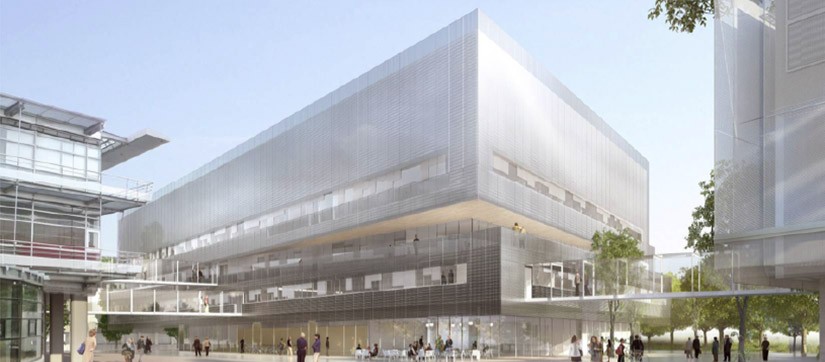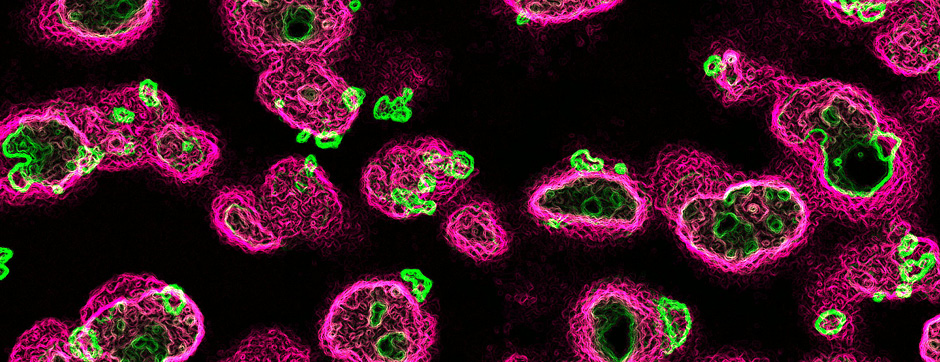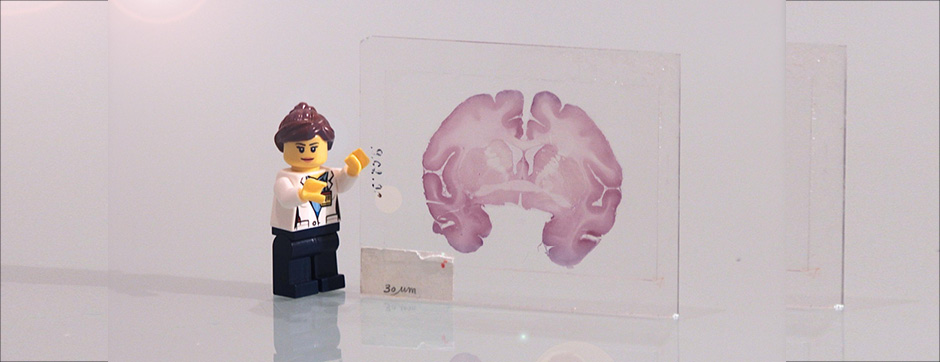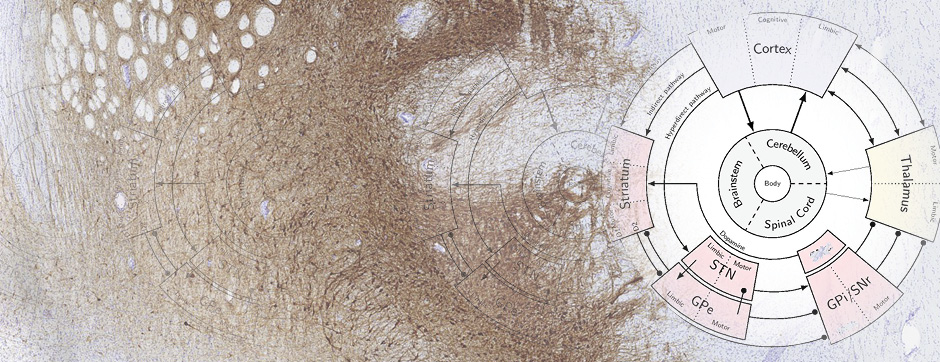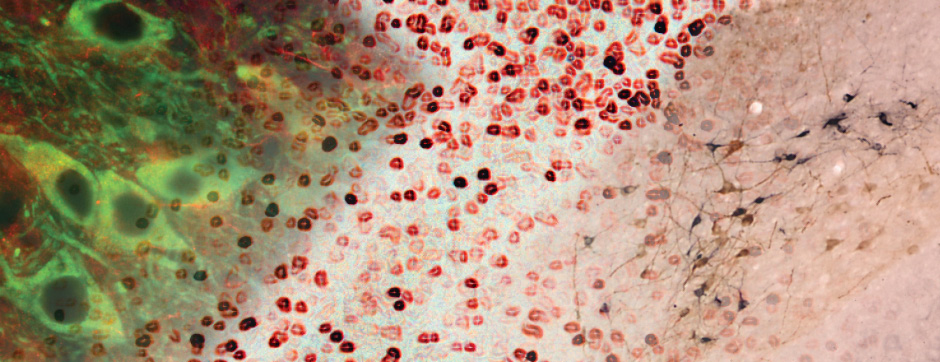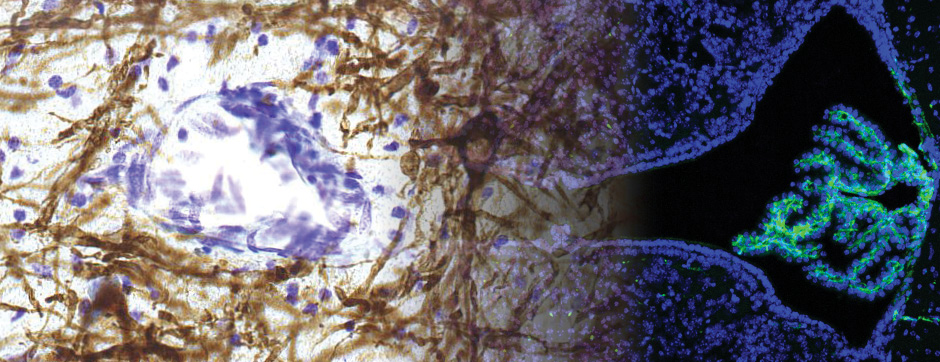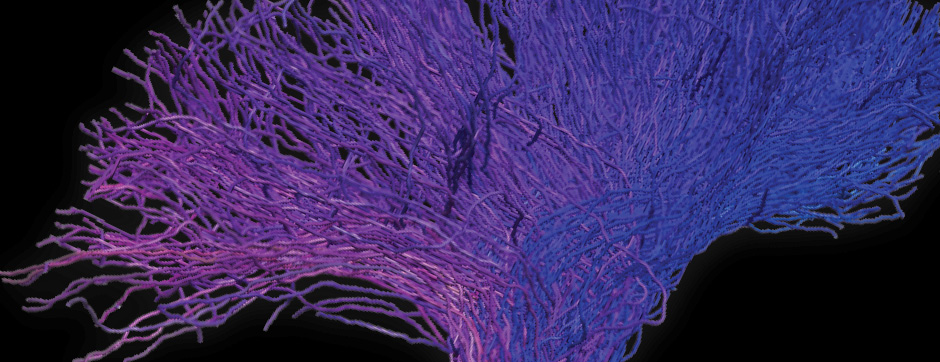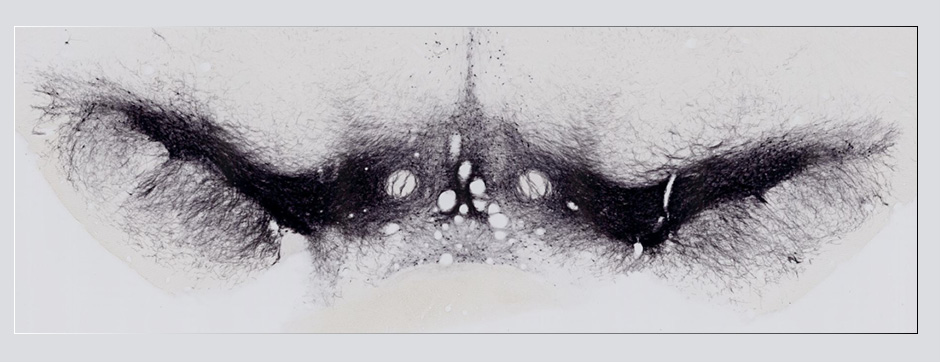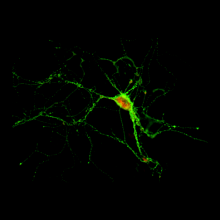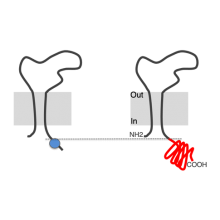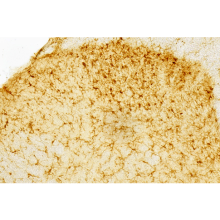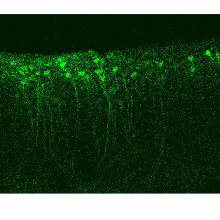Purinergic Neuroinflammation and Brain Disorders
Boué-Grabot Eric, CNRS Research Director Landry Marc, Professor
Calas André (Professor Emeritus) Massé Karine (Assistant Professor) Medrano Maria Carmen (Post-doctoral student) Ludovica Congiu (Post-doctoral student) Sanchez Sandra (Post-doctoral student) Sueur Benjamin (Ingeneer / Technician) Bou Sader Sarah (Post-doctoral researcher) Carracedo Sara (PhD student) Denizet Adrien (PhD student) Dhellemmes Thibaut (PhD student) Hardet Fanny (PhD student) Santos Joana (PhD student)
For any further information, please contact
Eric Boué-Grabot
eric.boue-grabot@u-bordeaux.fr
Marc Landry
Research subject
Neurological disorders are alterations of the central or peripheral nervous system caused by alterations in neuronal transmission or more global neuroinflammatory disturbances of local circuits involving glial cells.
The scientific goal of our team is to understand the contribution of neuronal versus inflammatory signaling in certain brain disorders such as amyotrophic lateral sclerosis (ALS), chronic inflammatory and neuropathic pain, and co-morbid pathologies such as attention-deficit/hyperactivity disorder (ADHD), and anxiety-related disorders.
Our research focuses on the involvement of three types of modulation of neuronal transmission:
1. Purinergic signaling and, more specifically, P2X ATP receptors capable of regulating the activity of neurons and microglia under normal and pathological conditions as well as developmental processes.
2. Peptidergic signaling involved in chronic pain processes and associated neuropsychiatric disorders. We are particularly interested in peptides of the relaxin family.
3. Inflammatory signaling and its consequences on the modulation of neuronal circuit activity
We combine cellular, anatomical, functional and behavioral approaches using different models, including cell cultures, the Xenopus model for neurodevelopmental studies, and various pharmacological, lesional, and transgenic mouse models.
We hope to define new innovative therapeutic strategies and cellular targets to cure these neurological disorders and neurodegenerative diseases.
Dernières publications
Criteria : Author : "eric,boue-grabot; marc,landry", Laboratoire(Affiliation) : "UMR5293", Publication type : "('ART')"
Number of occurrences founded : 65.
- titre
- Brief early-life motor training induces behavioral changes and alters neuromuscular development in mice
- auteur
- Camille Quilgars, Eric Boue-Grabot, Philippe de Deurwaerdere, Jean-Rene Cazalets, Florence E. Perrin, Sandrine S. Bertrand
- article
- PLoS Biology, 2025, 23 (4), pp.e3003153. ⟨10.1371/journal.pbio.3003153⟩
- identifiant
- hal-05056075
- titre
- Purinergic-associated immune responses in neurodegenerative diseases
- auteur
- Sara Carracedo, Agathe Launay, Paul-Alexandre Dechelle-Marquet, Emilie Faivre, David Blum, Cécile Delarasse, Eric Boué-Grabot
- article
- Progress in Neurobiology, 2024, 243, pp.102693. ⟨10.1016/j.pneurobio.2024.102693⟩
- identifiant
- hal-04816187
- titre
- A population of Insula neurons encodes for social preference only after acute social isolation in mice
- auteur
- Christelle Glangetas, Adriane Guillaumin, Elodie Ladevèze, Anaelle Braine, Manon Gauthier, Léa Bonamy, Evelyne Doudnikoff, Thibault Dhellemmes, Marc Landry, Erwan Bézard, Stephanie Caille, Anne Taupignon, Jérôme Baufreton, François Georges
- article
- Nature Communications, 2024, 15 (1), pp.7142. ⟨10.1038/s41467-024-51389-4⟩
- identifiant
- hal-04681539
- titre
- P2X4 signalling contributes to hyperactivity but not pain sensitization comorbidity in a mouse model of attention deficit/hyperactivity disorder
- auteur
- Sarah Bou Sader Nehme, Sandra Sanchez-Sarasua, Ramy Adel, Marie Tuifua, Awatef Ali, Amina E Essawy, Sherine Abdel Salam, Walid Hleihel, Eric Boué-Grabot, Marc Landry
- article
- Frontiers in Pharmacology, 2024, 14, pp.1288994. ⟨10.3389/fphar.2023.1288994⟩
- identifiant
- hal-04372510
- titre
- A photoswitchable inhibitor of TREK channels controls pain in wild-type intact freely moving animals
- auteur
- Arnaud Landra-Willm, Ameya Karapurkar, Alexia Duveau, Anne Amandine Chassot, Lucille Esnault, Gerard Callejo, Marion Bied, Stephanie Häfner, Florian Lesage, Brigitte Wdziekonski, Anne Baron, Pascal Fossat, Laurent Marsollier, Xavier Gasull, Eric Boué-Grabot, Michael Kienzler, Guillaume Sandoz
- article
- Nature Communications, 2023, 14 (1), pp.1160. ⟨10.1038/s41467-023-36806-4⟩
- identifiant
- hal-04018068

